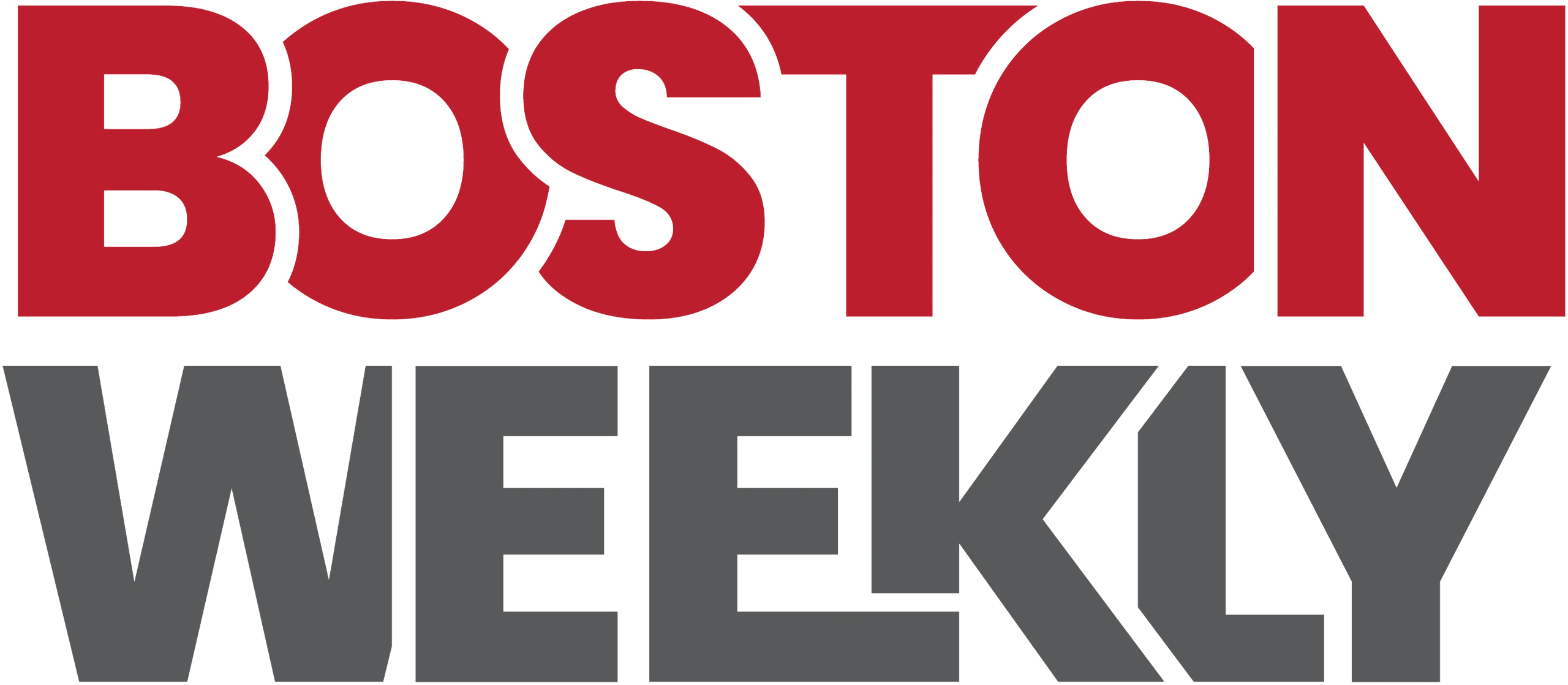Massachusetts Governor Maura Healey announced an enterprising $8 billion plan aimed at transforming the state’s transportation infrastructure. The comprehensive initiative seeks to modernize transit systems, reduce congestion, and improve commuter safety statewide. Governor Healey emphasized the plan’s potential to create jobs and stimulate economic growth while addressing long-standing transit challenges faced by residents.
Table of Contents
- Governor Healey Outlines Comprehensive Infrastructure Upgrades Across State
- Focus on Public Transit Expansion Aims to Reduce Congestion and Emissions
- Investment in Road and Bridge Repairs Targets Safety and Efficiency Improvements
- Proposal Includes Innovative Funding Strategies and Community Engagement Initiatives
- The Way Forward
Governor Healey Outlines Comprehensive Infrastructure Upgrades Across State
Governor Healey has announced an ambitious $8 billion investment aimed at revitalizing the state’s transportation network,focusing on safety,efficiency,and sustainability.This expansive plan targets critical infrastructure improvements including road repairs, bridge reinforcements, and modernization of public transit systems to support growing population demands. With an emphasis on reducing congestion and enhancing accessibility,the initiative also integrates cutting-edge technologies to improve traffic management and promote greener commuting alternatives.
Key elements of the upgrade include:
- Comprehensive resurfacing and widening of major highways to improve traffic flow
- Reinforcement and replacement of aging bridges to meet safety standards
- Expansion and electrification of public transit fleets, promoting cleaner energy use
- Investment in smart infrastructure such as adaptive traffic signals and real-time monitoring systems
- Enhanced pedestrian and bicycle pathways designed to support non-motorized transportation
Focus on Public Transit Expansion Aims to Reduce Congestion and Emissions
Mass transit initiatives form the cornerstone of this ambitious investment,aimed at transforming regional mobility. The plan prioritizes expanding rail and bus networks to enhance access and convenience, ultimately seeking to alleviate the daily gridlock that stifles economic activity and burdens commuters. By targeting key corridors for rapid transit improvements, officials expect to decrease vehicle traffic, shorten travel times, and boost public transit reliability across urban and suburban areas.
Alongside infrastructure, the proposal integrates environmentally focused measures to combat climate change. Highlights include:
- Electrification of bus fleets to reduce greenhouse gas emissions
- Installation of new bike lanes and pedestrian pathways to promote choice modes of transport
- Investment in smart traffic management systems to optimize flow and minimize idling
Stakeholders emphasize that these combined strategies are designed to forge a more lasting transit ecosystem, reshaping how residents move while supporting ambitious emissions reduction targets.
Investment in Road and Bridge Repairs Targets Safety and Efficiency Improvements
A transformative $8 billion investment is set to overhaul the state’s roads and bridges, aiming to considerably boost safety and operational efficiency across vital transportation networks. This ambitious funding will prioritize the repair and modernization of aging infrastructure, addressing critical vulnerabilities that have long posed risks to daily commuters and commercial traffic alike. Enhanced materials and cutting-edge engineering techniques will be employed to extend the lifespan of key routes,while reducing congestion and minimizing the occurrence of accidents.
The initiative also emphasizes sustainable growth, incorporating smart technologies to improve traffic flow and real-time monitoring of structural health. Key action points include:
- Rehabilitation of structurally deficient bridges
- Road resurfacing with durable, weather-resistant materials
- Implementation of bright transportation systems
- Upgrades to pedestrian and cyclist safety features
These measures collectively aim to enhance travel reliability and foster economic growth by creating a safer, more efficient infrastructure network for all residents and businesses.
Proposal Includes Innovative Funding Strategies and Community Engagement Initiatives
Governor Healey’s ambitious $8 billion transportation initiative is backed by a multifaceted funding model designed to maximize financial efficiency without placing undue strain on taxpayers. The plan prioritizes a combination of federal grants, state bonds, and innovative public-private partnerships to ensure sustainable and timely project completion. Additionally, a novel “transportation innovation fund” will channel investments from private entities interested in supporting infrastructure modernization, creating a unique synergy between public oversight and private sector dynamism. This diversified financial approach is expected to expedite upgrades across public transit systems, roadways, and bicycle infrastructure.
Beyond financing, the governance is placing strong emphasis on community engagement to ensure projects reflect the needs of diverse populations statewide. Interactive platforms and monthly town hall meetings will invite residents, local businesses, and advocacy groups to provide input on project priorities and implementation strategies. Key initiatives include:
- Neighborhood mobility workshops to gather grassroots feedback on transit accessibility
- Digital forums enabling real-time dialog and clarity
- Youth ambassador programs to encourage civic participation among younger generations
This two-way dialogue model aims to foster trust and accountability while empowering communities to actively shape their transportation future.
The Way Forward
Governor Healey’s ambitious $8 billion transportation plan marks a notable investment in the state’s infrastructure, aiming to enhance mobility, reduce congestion, and promote sustainable transit solutions. As the plan moves forward, its implementation will be closely watched by residents, policymakers, and industry leaders alike, with expectations that it could set a new standard for future transportation initiatives. The coming months will reveal how effectively the funding translates into tangible improvements across the state’s transportation network.

